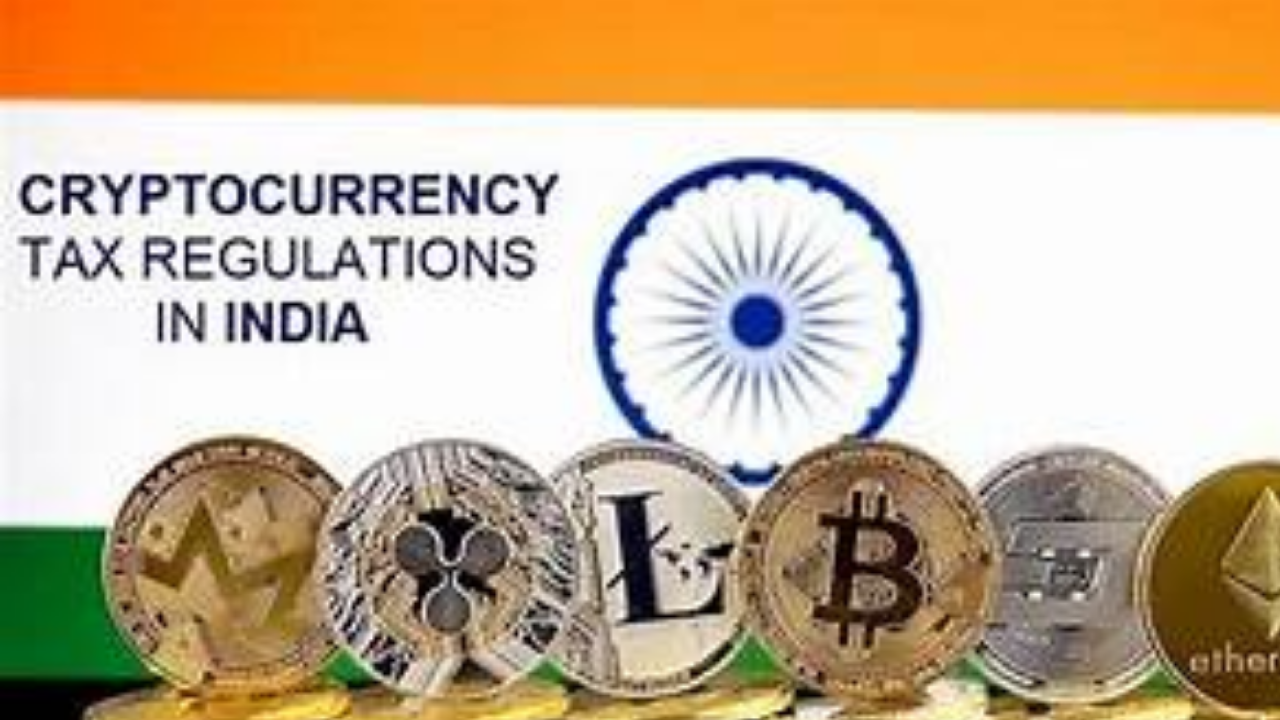Navigating India’s High-Stakes Crypto Tax Landscape in 2025
Despite India’s strict tax regime, the country has emerged as a global powerhouse in cryptocurrency adoption, ranking second worldwide in Bitcoin holdings. As Bitcoin prices surge, Indian investors are re-engaging with the market, but the cost of entry has never been higher. A four-tiered tax system, combined with increased regulatory scrutiny, is forcing traders to prioritize compliance alongside profit.
The Four-Layer Tax System for Indian Crypto Investors
In 2025, cryptocurrency, officially classified as Virtual Digital Assets (VDAs) by the government, is subject to a complex tax framework.
- Income Tax (30%): A flat tax rate of 30% is imposed on all profits from the sale, swap, or transfer of VDAs. This rate is non-negotiable, and unlike traditional capital gains, investors are not permitted to offset losses from one VDA against gains from another, nor can they carry forward losses to future years.
- Cess (4%): On top of the 30% income tax, a 4% cess is applied, bringing the effective tax rate on VDA profits to 31.2%.
- TDS (1%): A 1% Tax Deducted at Source is levied on the total sale value of every transaction, regardless of profit or loss. This is designed to create a digital trail for tax authorities. For most individuals and Hindu Undivided Families (HUFs), the TDS applies to transactions exceeding ₹50,000 in a financial year.
- GST (18%): As of July 7, 2025, major crypto exchanges are now charging an 18% Goods and Services Tax on all service fees. This includes fees for trading, withdrawals, staking, and other platform services, adding an extra layer of cost, particularly for high-frequency traders.
Why India’s Crypto Market Thrives Despite the Hurdles
Industry leaders and experts point to a grassroots adoption movement as the primary driver behind India’s massive Bitcoin ownership. Over 90 million Indians are estimated to hold crypto, with retail investors, high-net-worth individuals, and younger generations leading the charge. This widespread interest, along with robust peer-to-peer activity, has propelled India to the top of global crypto adoption indexes, despite the regulatory uncertainty and heavy taxation.
New GST Rules and Heightened Scrutiny
The introduction of GST on exchange services marks a significant shift in the regulatory landscape. Platforms serving Indian users must now register under GST law and report activities to the government. This move, along with a recent government directive to foreign exchanges, signals an intensifying crackdown on non-compliant traders.
Authorities are actively using data from exchanges to identify investors who have failed to declare their crypto holdings and income. Budget 2025 has classified undeclared VDAs as “undisclosed income,” which can attract a punitive tax of up to 60%, along with interest and potential prosecution.
Essential Steps for Indian Crypto Investors
To avoid severe penalties and navigate this complex system, Indian crypto investors must adopt a disciplined approach to compliance:
- Declare Everything: All VDA holdings and trades must be meticulously declared in the dedicated Schedule VDA of your Income Tax Return (ITR).
- Track Your TDS: Monitor your 1% TDS deductions through Form 26AS to ensure proper credit and reconciliation.
- Manage Trading Frequency: Be mindful of frequent trades, as they can lead to an accumulation of GST, TDS, and other fees. Consider batching trades to minimize friction.
- Utilize Tax Software: Employ crypto-specific tax software like KoinX or CoinTracker to automate record-keeping and ensure accurate tax calculations.
- Consider Crypto ETFs: For long-term investors, exploring crypto ETFs may offer more favorable tax treatment, including the ability to offset losses, which is not possible with direct VDA trades.
The message for Indian crypto traders in 2025 is clear: while the opportunities for profit are real, they are inextricably linked to a smart and diligent approach to tax compliance.
